PostgreSQL 9.0 High Performance. If you’re an intermediate to advanced database administrator, this book is the shortcut to optimizing and troubleshooting your PostgreSQL database. With a balanced mix of theory and practice, it will quickly hone your expertise Gregory Smith, David Page Postgre Group
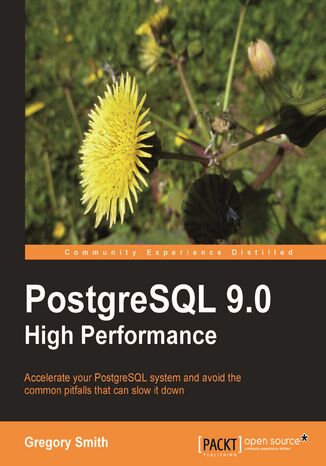



- Autorzy:
- Gregory Smith, David Page Postgre Group
- Wydawnictwo:
- Packt Publishing
- Ocena:
- Stron:
- 468
- Dostępne formaty:
-
PDFePubMobi
Opis
książki
:
PostgreSQL 9.0 High Performance. If you’re an intermediate to advanced database administrator, this book is the shortcut to optimizing and troubleshooting your PostgreSQL database. With a balanced mix of theory and practice, it will quickly hone your expertise
Using monitoring insight, continuously rework the design and configuration. On reaching the limits of a single server, break things up; connection pooling, caching, partitioning, and replication can all help handle increasing database workloads.
The path to a high performance database system isn't always easy. But it doesn't have to be mysterious with the right guide.
Wybrane bestsellery
Packt Publishing - inne książki
Dzięki opcji "Druk na żądanie" do sprzedaży wracają tytuły Grupy Helion, które cieszyły sie dużym zainteresowaniem, a których nakład został wyprzedany.
Dla naszych Czytelników wydrukowaliśmy dodatkową pulę egzemplarzy w technice druku cyfrowego.
Co powinieneś wiedzieć o usłudze "Druk na żądanie":
- usługa obejmuje tylko widoczną poniżej listę tytułów, którą na bieżąco aktualizujemy;
- cena książki może być wyższa od początkowej ceny detalicznej, co jest spowodowane kosztami druku cyfrowego (wyższymi niż koszty tradycyjnego druku offsetowego). Obowiązująca cena jest zawsze podawana na stronie WWW książki;
- zawartość książki wraz z dodatkami (płyta CD, DVD) odpowiada jej pierwotnemu wydaniu i jest w pełni komplementarna;
- usługa nie obejmuje książek w kolorze.
Masz pytanie o konkretny tytuł? Napisz do nas: sklep@helion.pl
Książka drukowana


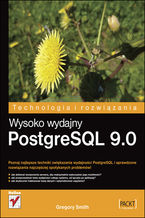

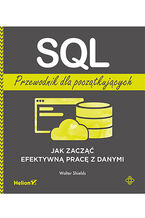
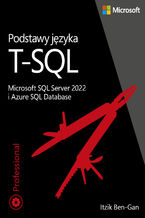
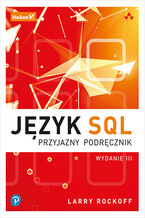
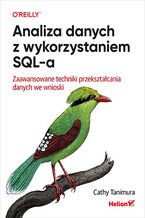
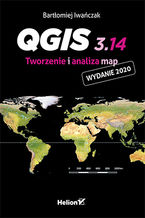
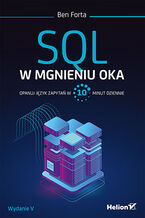
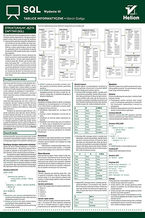
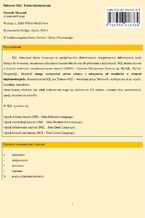
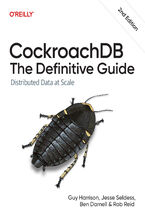







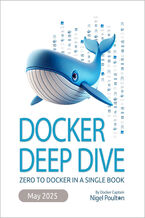
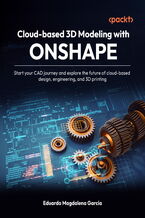
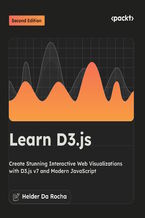


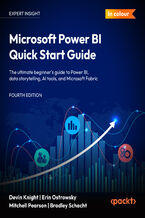

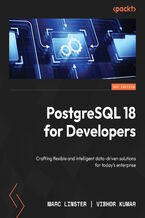
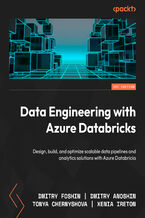
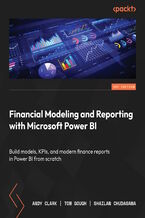



Oceny i opinie klientów: PostgreSQL 9.0 High Performance. If you‚Äôre an intermediate to advanced database administrator, this book is the shortcut to optimizing and troubleshooting your PostgreSQL database. With a balanced mix of theory and practice, it will quickly hone your expertise Gregory Smith, David Page Postgre Group
(0)